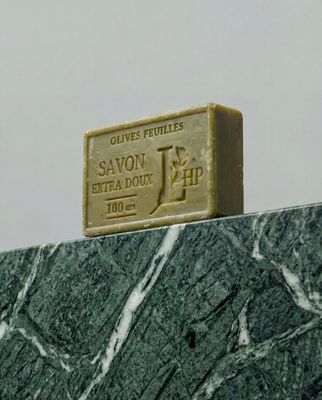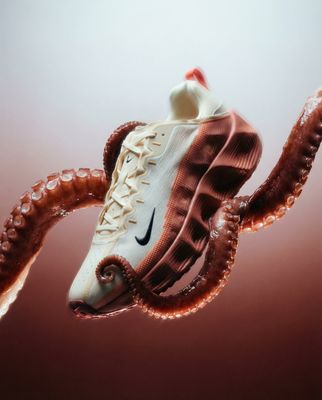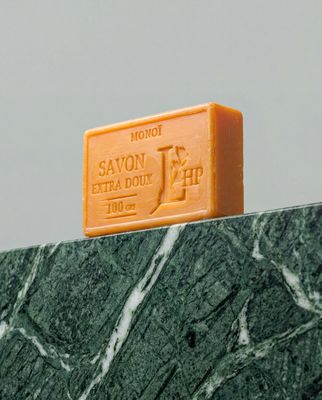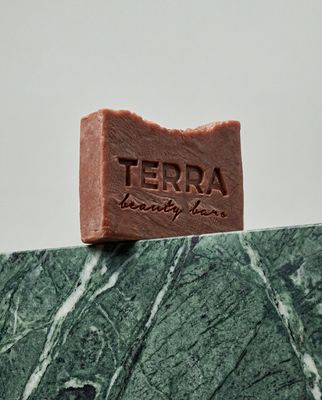Everything about the color Espresso
The meaning of the color espresso and color combinations to inspire your next creation.
Browse images in the color espresso
What color is espresso?
Espresso is a deep, rich brown color reminiscent of the dark, roasted coffee beans from which it derives its name. This color exudes warmth and sophistication, often associated with the comforting aroma of freshly brewed coffee.
What are similar colors to espresso?
For variations within the same deep and rich spectrum as espresso, consider:
- Taupe (#483C32) shares espresso's earthy undertones, offering a slightly lighter, more muted alternative.
- Mocha (#967969) provides a warmer and softer brown, evoking a creamy coffee blend.
- Sienna (#A0522D) has a reddish-brown hue, adding a touch of warmth and vibrancy to espresso's depth.
- Sepia (#704214) closely resembles espresso with its dark, reddish-brown tone, reminiscent of vintage photographs.
What color goes with espresso?
To complement espresso's warm and rich tones, consider pairing it with:
- Ivory (#FFFFF0) offers a soft, neutral contrast that highlights espresso's depth.
- Sage (#BCB88A) provides a muted green balance, enhancing espresso's earthy qualities.
- Coral (#FF7F50) adds a lively, warm contrast that energizes espresso's deep tones.
- Peach (#FFE5B4) brings a gentle, warm contrast, creating a harmonious and inviting palette.
- Mint (#98FF98) offers a refreshing, cool contrast that complements espresso's richness.
What color conflicts with espresso?
To avoid overwhelming the richness of espresso, consider avoiding:
- Black (#000000) can overpower the depth of espresso, making it appear flat.
- White (#FFFFFF) risks washing out the warmth of espresso.
- Gray (#808080) could dull the vibrancy of espresso.
- Beige (#F5F5DC) may neutralize the intensity of espresso.
- Cream (#FFFDD0) risks washing out the intensity of espresso.
What does the color espresso represent?
Espresso represents warmth, comfort, and sophistication, often associated with the cozy ambiance of coffee shops. It symbolizes stability and reliability, evoking a sense of groundedness. Psychologically, espresso can create a sense of warmth and security, making it a popular choice in interior design. It also conveys a sense of luxury and richness, often used to add depth and elegance to a space. In art and design, espresso is used to create a warm, inviting atmosphere, often serving as a neutral backdrop that allows other colors to stand out.
What's the history of espresso?
The color espresso takes its name from the dark, rich coffee beverage, which originated in Italy in the early 20th century. The term "espresso" itself refers to the method of brewing coffee under pressure, resulting in a concentrated, robust flavor. The color became popular in design and fashion due to its association with the sophistication and warmth of coffee culture. In modern use, espresso is favored for its versatility and ability to add depth and warmth to various design palettes.
Color Variations
Shades
Tints
Hues
Color Palettes
Monochromatic
Complementary
Analogous
Triadic
Tetradic
Images with espresso color
Color Conversions
#3B2F2Frgb(59, 47, 47)rgb(23%, 18%, 18%)0, 20, 20, 77hsl(0, 11%, 21%)0, 20, 23#3B2F2F21, 5, 23, 3, 321, 6, 2100111011, 00101111, 00101111Color(red: 0.23137254901960785, green: 0.1843137254901961, blue: 0.1843137254901961)UIColor(red: 0.23137254901960785, green: 0.1843137254901961, blue: 0.1843137254901961, alpha: 1.0)Color(0xFF3B2F2F)










